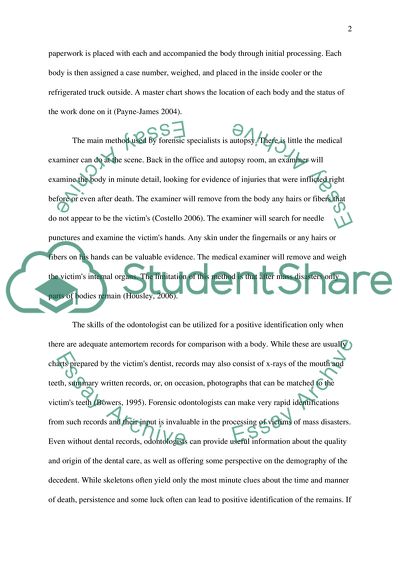Cite this document
(Forensic Science Case Study Example | Topics and Well Written Essays - 2500 words, n.d.)
Forensic Science Case Study Example | Topics and Well Written Essays - 2500 words. Retrieved from https://studentshare.org/medical-science/1711298-application-of-forensic-science
Forensic Science Case Study Example | Topics and Well Written Essays - 2500 words. Retrieved from https://studentshare.org/medical-science/1711298-application-of-forensic-science
(Forensic Science Case Study Example | Topics and Well Written Essays - 2500 Words)
Forensic Science Case Study Example | Topics and Well Written Essays - 2500 Words. https://studentshare.org/medical-science/1711298-application-of-forensic-science.
Forensic Science Case Study Example | Topics and Well Written Essays - 2500 Words. https://studentshare.org/medical-science/1711298-application-of-forensic-science.
“Forensic Science Case Study Example | Topics and Well Written Essays - 2500 Words”. https://studentshare.org/medical-science/1711298-application-of-forensic-science.


